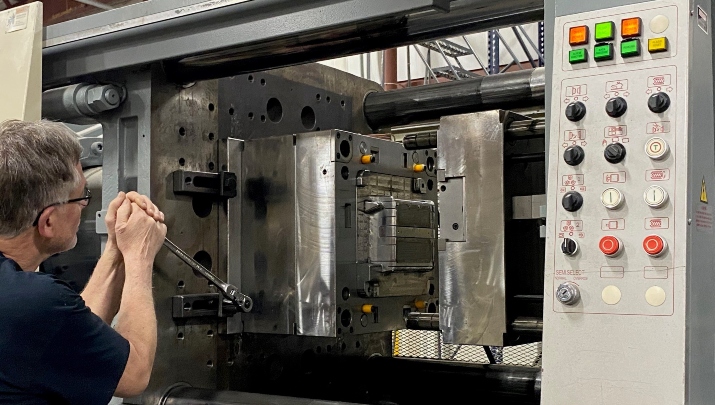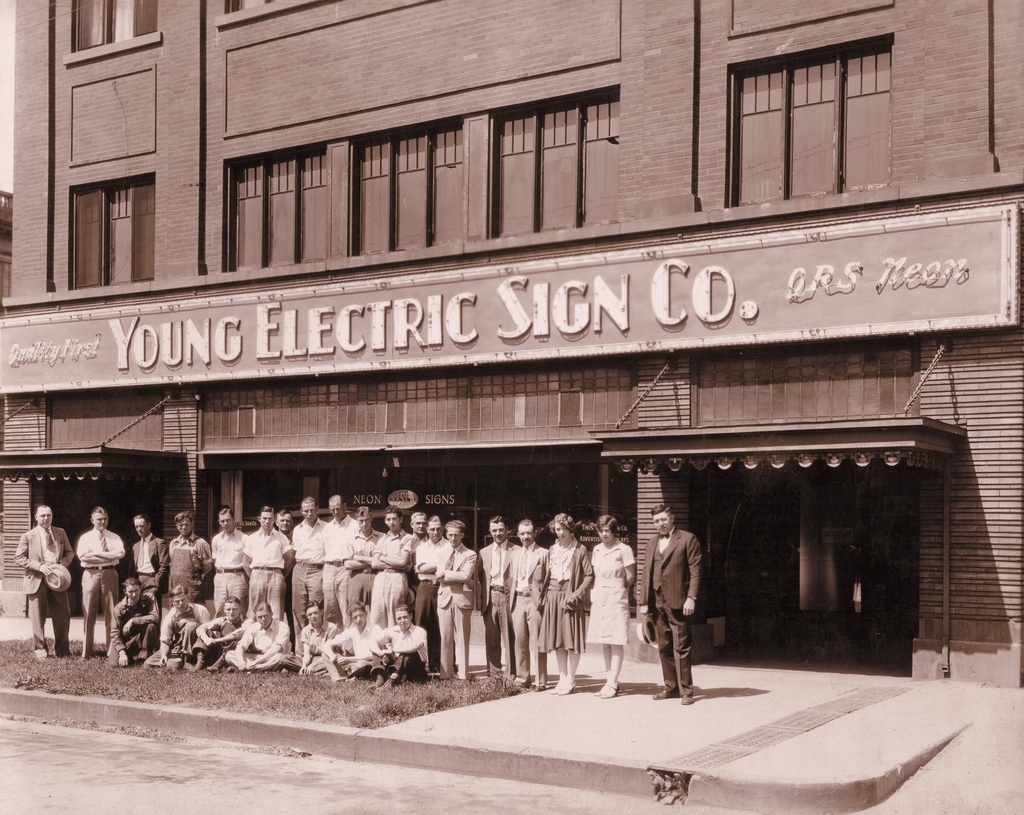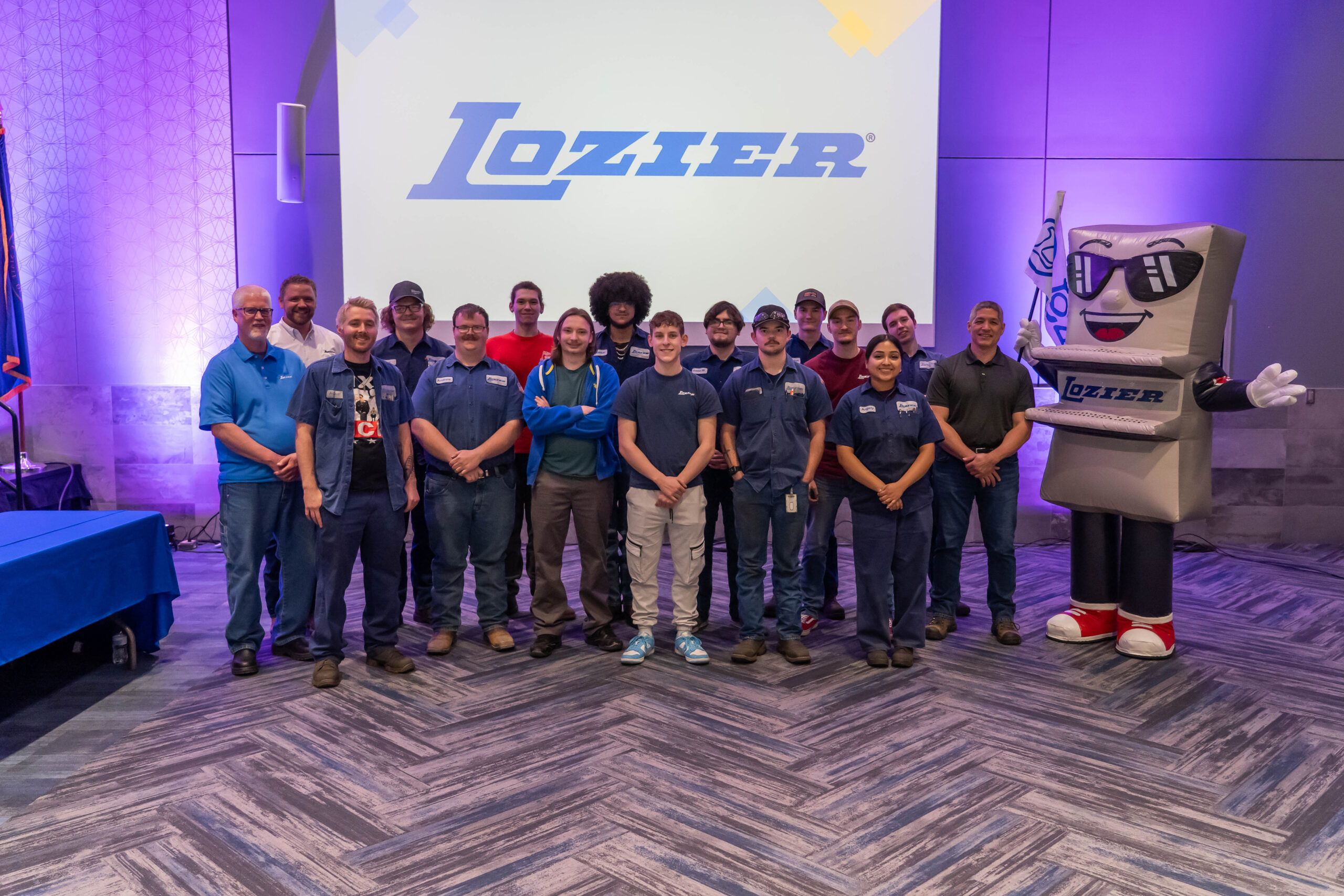
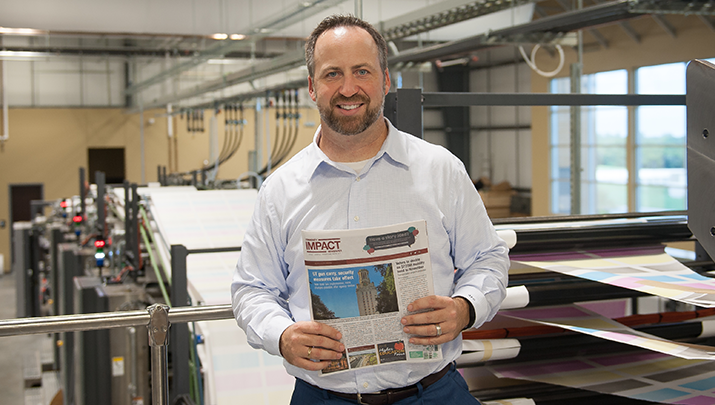
How Saving Newspapers Made Me Evergreen
- John Garrett
- Community Impact Newspaper
When I tell a new acquaintance that I’m in the print news business, I can predict the response: Their brow furrows. Their voice lowers. They offer their condolences: “Oh, I’m sorry.”
But me? I’m all smiles. Because I run a newspaper company that’s profitable and growing.
I cut my teeth in the industry on the advertising side, beginning with the Houston Chronicle in the glorious 1990s. Business was good, and I got a solid education in all aspects of the print media world.
Eventually my wife and I returned to our hometown of Pflugerville, Texas, and I went to work at the nearby Austin Business Journal. I noticed that information about local construction projects was scarce to none. The things that affected neighbors’ day-to-day lives — like when a road would be built, what kind of businesses would be allowed and whether there would be a Starbucks — weren’t being covered by the local media. These issues were newsworthy to our little enclave, but not, apparently, to reporters.
I had an idea: What if we built a business journal for the Average Joe? One that treated the opening of a new Mom-and-Pop pizza joint like it was news? Because on a neighborhood level, it is.
My wife agreed to support my burgeoning entrepreneurism. I sketched my thoughts out on a piece of paper, drew up a business plan and, armed with a $40,000 personal line of credit, set up shop in the game room of our house. A small group of writers and designers and I worked our butts off to crank out that first edition in September 2005. Then, we held our breath.
Back then, I couldn’t even afford voice mail — I just had a caller ID box (remember those?). After the first issue was delivered, I saw that 10 businesses had called to inquire about advertising with us. Our next edition’s ad space was sold out in two weeks. We’d found a formula that worked, and it still works today.
In our first five years, we grew like crazy, adding 10 papers and about 60 employees. As of October, we have launched our 23rd paper. We reach more than 1.7 million households around the state and have 185 employees. We expect to pull in $25 million in revenue this year.
Our business works because we have a strong central Purpose: to build communities of informed citizens and thriving businesses through the collaboration of a passionate team. We provide quality reporting without editorializing. We cover elections, but we don’t endorse candidates. Readers appreciate that we care about what’s happening in their backyards. Local business owners appreciate our coverage. Advertisers appreciate having their messages delivered to their most likely customers.
Although my business may differ from other Evergreen entrepreneurs’ because of the publishing industry’s unique concerns, I’ve learned some lessons in the last decade that I think are broadly applicable:
A Little Dead Means A Little Alive
I firmly reject the notion that print is dead; my company is proof that it’s alive and well. While Community Impact Newspaper was growing by $5 million to $6 million in revenue a year, the traditional newspaper industry was well into its downward spiral. Digital ad sales couldn’t keep up with operational costs, so papers cut jobs. When they cut jobs, content suffered. And when content suffers, readership suffers. And without readers, you can’t sell ads. These papers continue to fold at a disheartening rate.
But that doesn’t mean you can’t come up with a better model. We don’t have a huge digital presence, but that gives us the freedom to not care about clicks. So we go to the city council meetings that traditional local media now ignores because they don’t generate clicks online. We sometimes cover stories that only a small number of households care about. In the micro-niches we cover, print wins.
We’ve embraced Pragmatic Innovation to reach a highly engaged audience where they live: through their mailboxes. Using a fine-tuned targeting system developed in-house, we can deliver news — and serve ads — down to the carrier-route level.
Pay Now Instead Of Later
A trusted mentor once advised me to get libel protection. I took a chance and went without — and sure enough ended up getting burned. Insurance, lawyers, financial counsel — these are areas where the risks of cutting corners are too great.
This applies to staffing, too. Early on, we passed over a highly qualified candidate to fill a key position in the company to save money. Ironically, the person we hired instead ended up stealing from us. Luckily the person we should have hired in the first place was still interested, and remains with us today.
Own Your Own Destiny
With more than 20 papers and 50 people selling ads, the logistics of targeting and printing has become complicated. We built an internal system that allows for greater automation, but our printing vendor could not keep up. We needed our own plant, so we invested $15 million to build a state-of-the-art facility that will allow us to scale comfortably and effectively. We’ve bought inserting machines that help us target at the household level — something that would be very difficult with an outside vendor. Editorially, these presses allow us to deliver even more targeted, relevant news to our readers.
Investing in a printing plant in this day and age might seem crazy, but it gives us the tools we need to grow. I’d rather take the risk and own my own destiny than continue to rely on outside vendors who can’t keep up with what we need.
Lean In To Your Fear
As People-First entrepreneurs, we have to protect not only our own livelihoods, but also those of our employees. Do I sometimes break into a cold sweat worrying about that $15 million printing facility? Absolutely. But I believe that fear is good. It’s healthy. Because of my fear, I don’t take anything for granted, especially my people, without whom I would have no company.
Let’s be real: Business is hard, and every minute as a business owner — providing jobs, solving problems — is a blessing for which I thank God every day.
John Garrett is the CEO of Community Impact Newspaper.
More Articles and Videos
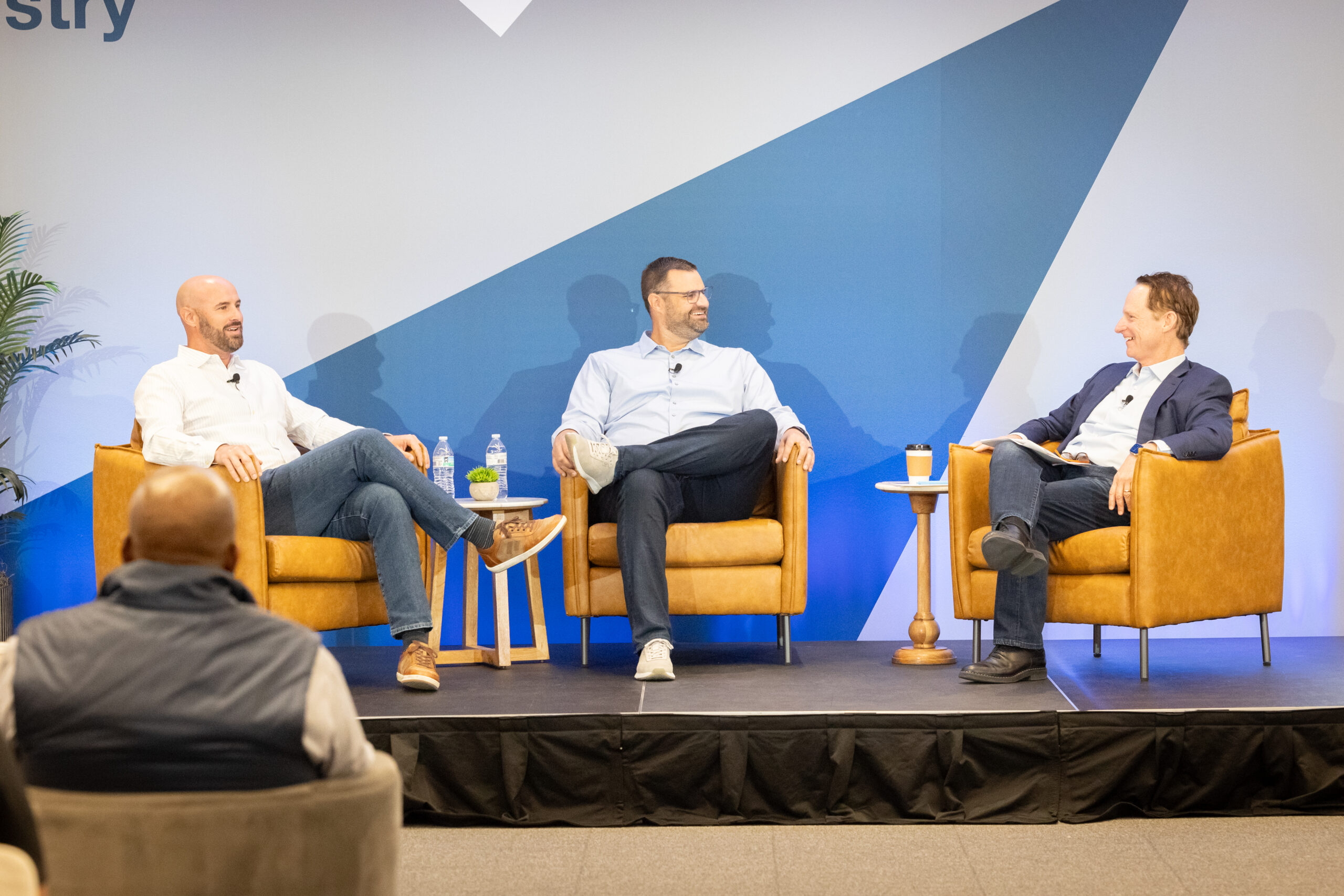
Fireside Chat with Dave Thrasher, Dan Thrasher, and Dave Whorton
- Dave Thrasher, Dan Thrasher, & Dave Whorton
- Supportworks and Thrasher Group

Get Evergreen insight and wisdom delivered to your inbox every week
By signing up, you understand and agree that we will store, process and manage your personal information according to our Privacy Policy
